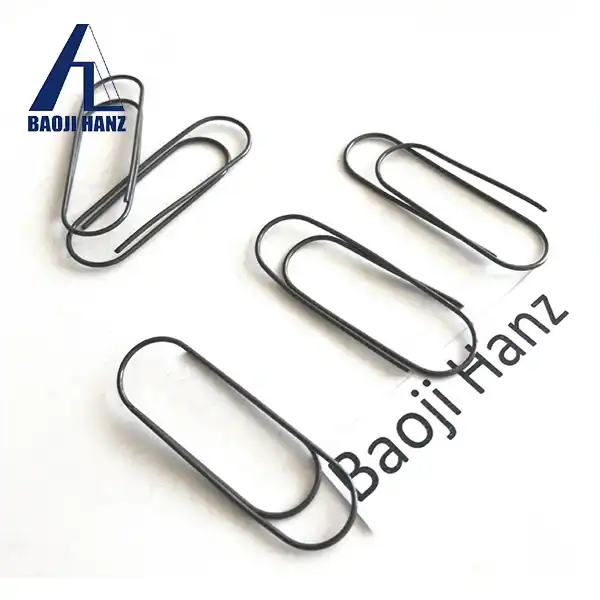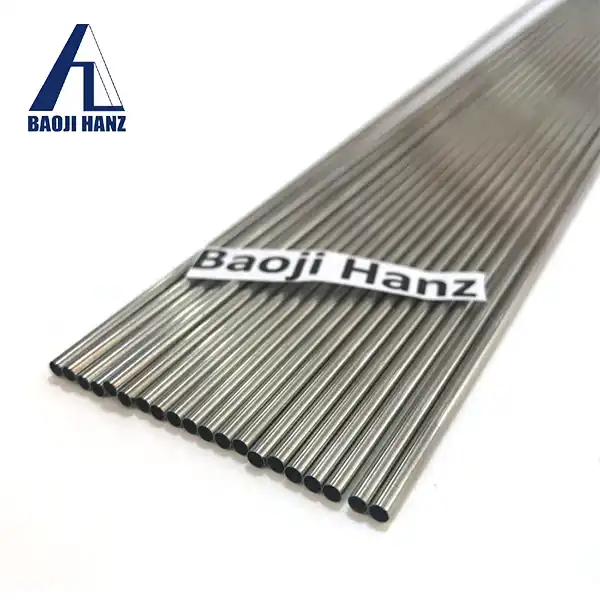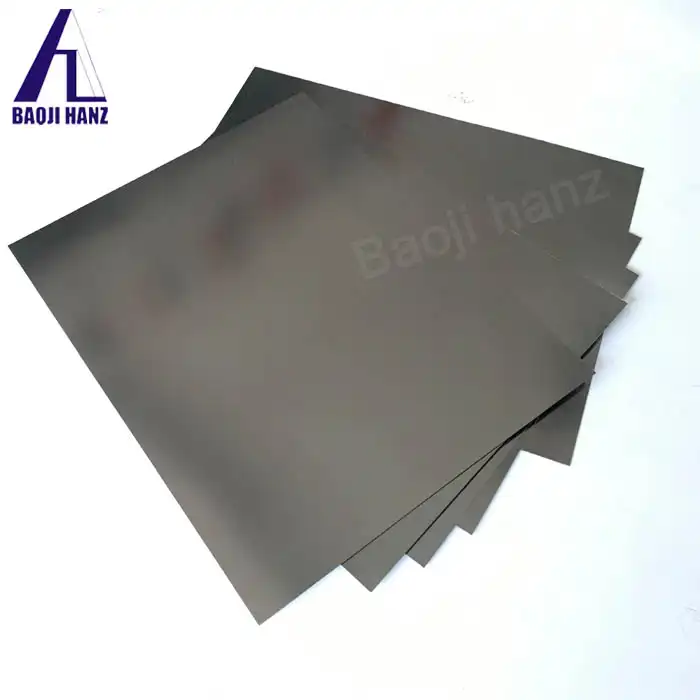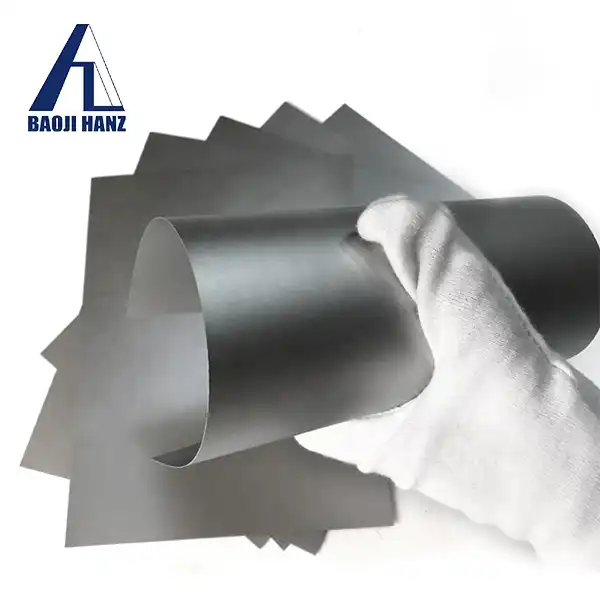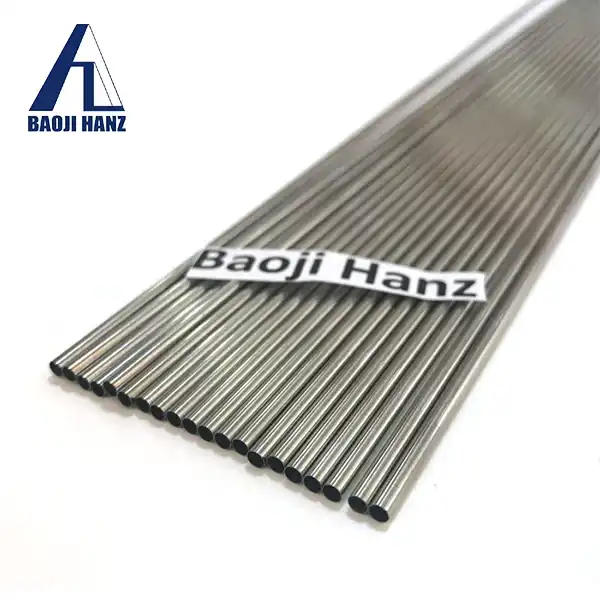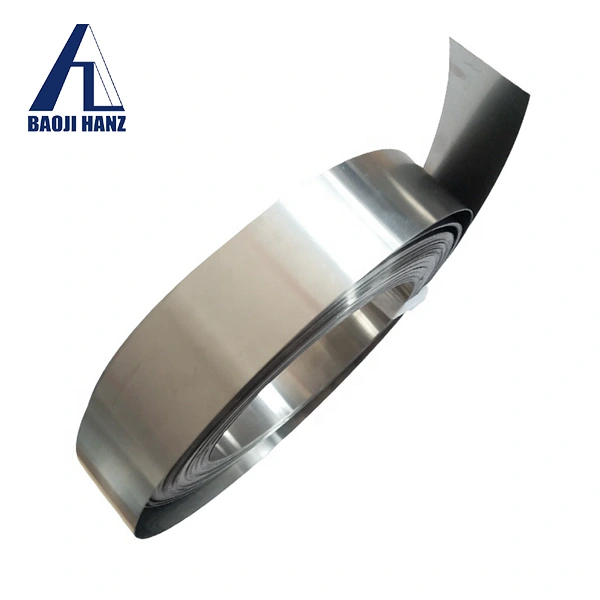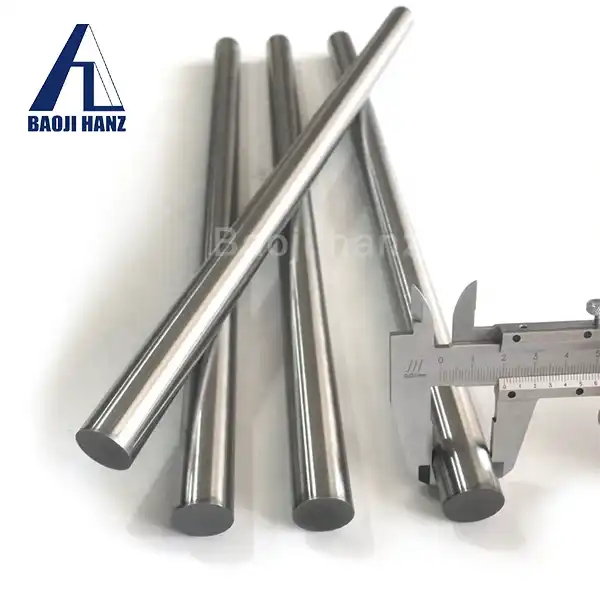How is a nitinol sheet manufactured?
2024-07-19 17:04:41
Nitinol sheets are typically manufactured through a process involving melting and alloying nickel and titanium in precise ratios. The alloy is then hot-rolled into sheets of desired thicknesses. These sheets undergo heat treatment to set their shape memory properties. Precision cutting and surface finishing ensure final dimensions and quality. Quality control measures, including testing for mechanical properties and shape memory characteristics, are integral throughout the manufacturing process to ensure consistency and reliability in Nitinol sheet production.
How are Flexible Nitinol Sheets produced?
Flexible Nitinol Sheets are crafted through a meticulous manufacturing process that begins with the selection of high-purity nickel and titanium metals. These raw materials undergo several key stages:
-
Melting and Alloying: Nickel and titanium are melted together in precise ratios, typically around 50 atomic percent of each metal. This alloying process is critical to achieving the desired shape memory and superelasticity characteristics in the final product.
-
Hot Rolling: The alloy is hot rolled into thin sheets to achieve the initial desired thickness. This process involves passing the heated metal through a series of rollers under controlled conditions to gradually reduce its thickness and refine its structure.
-
Cold Rolling and Annealing: Following hot rolling, the sheets undergo cold rolling, which further refines the thickness and mechanical properties. Annealing, a heat treatment process, is then applied to relieve stresses and enhance the material's elasticity and shape memory.
-
Final Processing: The sheets are then cut to size and subjected to surface treatments or coatings as required by specific applications. Quality control measures ensure that each sheet meets stringent standards for performance and durability.
What is the process for making Bendable Nitinol Sheets?
Bendable Nitinol Sheets, which emphasize flexibility and malleability, are manufactured with additional considerations:
-
Specialized Rolling Techniques: The cold rolling process for Bendable Nitinol Sheets is typically more extensive than that for standard sheets. This ensures that the material retains its flexibility while maintaining its shape memory and superelastic properties.
-
Heat Treatment Variations: Specific annealing treatments may be applied to Bendable Nitinol Sheets to tailor their flexibility and bendability without compromising their overall performance characteristics.
-
Surface Finish Optimization: Surface treatments and coatings may differ for Bendable Nitinol Sheets to enhance their abrasion resistance and compatibility with different environments.
How is Nitinol sheet shape memory achieved?
The remarkable shape memory effect in Nitinol sheets is a result of their crystal structure and phase transformations:
-
Martensitic Phase Transition: At lower temperatures or when stressed, Nitinol undergoes a phase transformation from austenite to martensite, resulting in a significant change in shape.
-
Shape Memory Training: Through a process known as "training," the Nitinol sheets can be pre-programmed to remember specific shapes. This involves cycling the material through heating and cooling phases to set its shape memory properties.
-
Application-Specific Adjustments: Manufacturers can adjust the alloy composition and processing parameters to fine-tune the shape memory effect for different applications, such as medical stents or actuators in aerospace technology.
In conclusion, understanding the intricacies of manufacturing Nitinol sheets provides insights into their versatile applications across various industries. From Flexible Nitinol Sheets to Bendable Nitinol Sheets, each product is crafted with precision and expertise to harness the unique properties of this extraordinary alloy.
References:
- ASTM F2063 - Standard Specification for Wrought Nickel-Titanium Shape Memory Alloys for Medical Devices and Surgical Implants.
- ASM International Handbook Committee, Alloy Phase Diagrams, Volume 3, Binary Phase Diagrams and Titanium Alloys.
- QuesTek Innovations LLC, "Nitinol Materials Properties and Processing Data Sheet."


